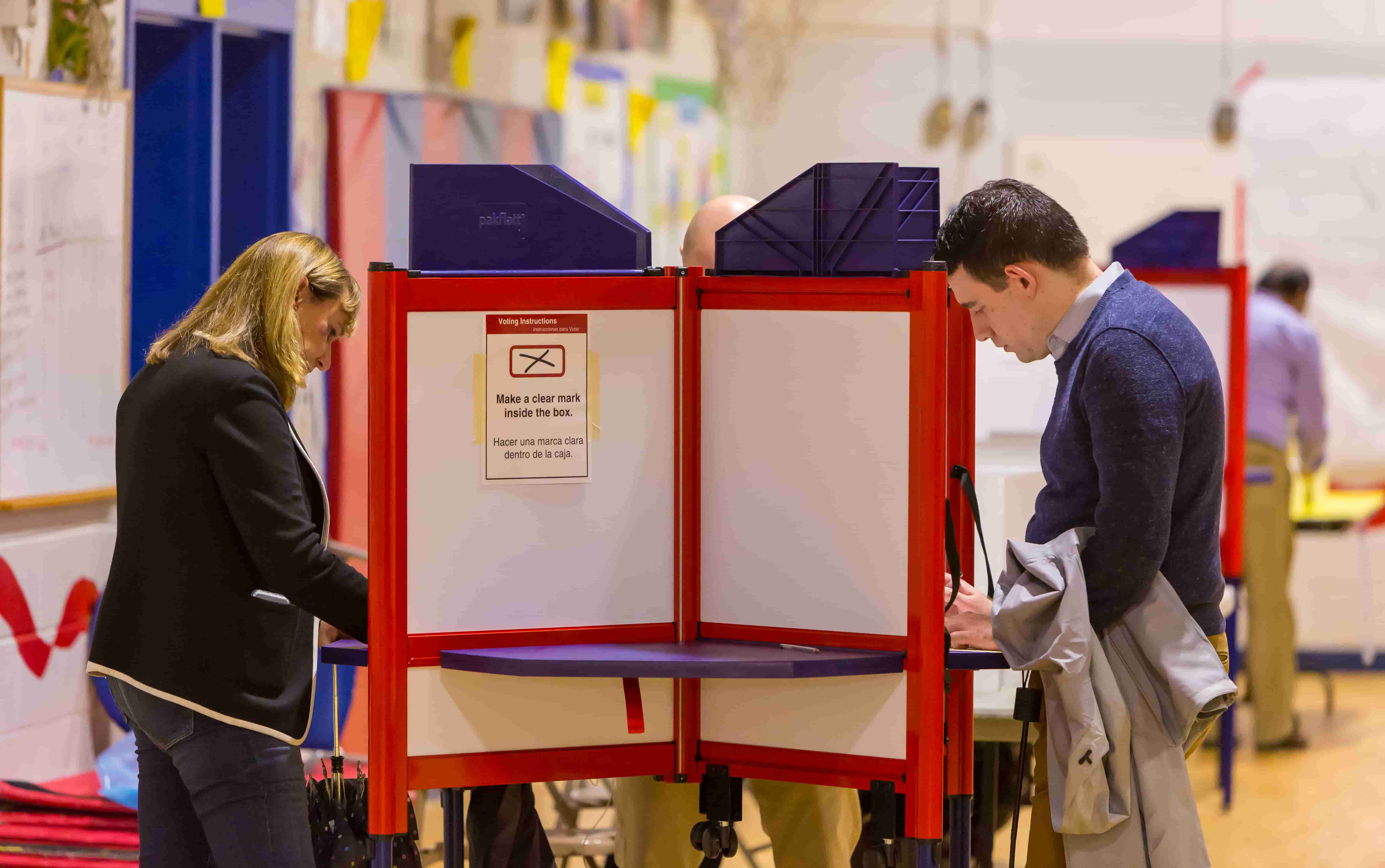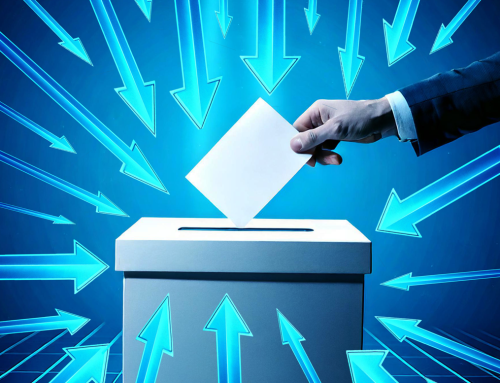Protecting the 2020 Election
Intelligence and law enforcement agencies warn that Russia, China, Iran, and other foreign actors will seek to interfere in the 2020 presidential election.1 Foreign actors are increasingly sophisticated at using cyber tools and social media to probe and penetrate electoral infrastructure, manipulate public opinion, and cast doubt on the integrity of the election process. On one hand, the United States is better prepared to address these threats now than during the 2016 presidential election. For example, after the Department of Homeland Security (DHS) designated election systems as critical infrastructure in 2017, it established the Elections Infrastructure Information Sharing and Analysis Center, which enabled states and localities to more easily share information about threats to elections. This mechanism has had the additional benefit of making DHS better at helping states manage risks, as well as distributing information from the federal government to the states about possible threats.2
On the other hand, in many states there are still vulnerabilities in election infrastructure that foreign actors can exploit. These vulnerabilities exist at almost every step of the election administration process, including registering voters, verifying their registration at polling places, securing the devices that capture and tally the vote, transmitting that data to a central location on election night, and executing an accurate recount.3 While states usually make decisions about the rules of elections (policymaking),4 localities are typically responsible for the “nuts and bolts” of running an election — such as finding polling places and recruiting poll workers.5 Local election officials also help preserve the integrity of America’s elections by protecting against hacks into voter rolls and local election websites and working closely with federal and state officials to ensure the security of their voting systems.6
As the February 3, 2020 Iowa Democratic caucuses demonstrated, such vulnerabilities are not merely theoretical. During the caucuses — which were administered by political party officials, not election officials — the new app that the Iowa Democratic Party planned to use to report its caucus results did not work. Many of the nearly 1,700 precinct chairs who were responsible for transmitting the results did not receive training on how to use the app, and a large number appear to have been unable to successfully download it.7 Revisions and updates to the app were made as late as two days before the caucuses, making it nearly impossible to vet and test adequately.8
Although the federal government recently agreed to allocate an additional $425 million in election administration and security funds to state election offices,9 federal resources will likely be insufficient to address all outstanding vulnerabilities before the 2020 presidential election. It is also unclear how much of this funding will be distributed to local elections officials in time for the 2020 presidential election. This handbook, therefore, provides a list of steps that local election officials can implement at relatively little cost to fortify their elections systems before the 2020 presidential election.
Please click the link to the right to read the rest of the report.
- U.S. Department of Justice, U.S. Department of Defense, U.S. Department of Homeland Security, U.S. Department of National Intelligence, Federal Bureau of Investigation, National Security Agency, Cybersecurity and Infrastructure Security Agency, Ensuring Security of 2020 Elections, November 05, 2019, https://www.dni.gov/index.php/newsroom/press-releases/item/2063-joint-statement-from-doj-dod-dhs-dni-fbi-nsa-and-cisa-on-ensuring-security-of-2020-elections.
- Gabriela Martinez. “How the U.S. is trying to improve election security ahead of 2020,” PBS News Hour, July 26, 2019, https://www.pbs.org/newshour/politics/how-the-u-s-is-trying-to-improve-election-security-ahead-of-2020.
- Elaine Kamarck. “States and localities are on the front lines of fighting cyber-crime in elections,” Brookings Institution, August 15, 2019, https://www.brookings.edu/blog/fixgov/2019/08/15/states-and-localities-are-on-the-front-lines-of-election-security/.
- U.S. Library of Congress, Congressional Research Service, The State and Local Role in Election Administration: Duties and Structures, by Karen L. Shanton, R45549 (2019).
- “Election Administration at State and Local Levels,” National Conference of State Legislatures, February 03, 2020, https://www.ncsl.org/research/elections-and-campaigns/election-administration-at-state-and-local-levels.aspx. Elections are often administered at the county level, but sometimes at the city and town level, particularly in certain New England and Midwestern states.
- Doug Chapin. “NACo Letter To Congress Makes Case For Increased, Dedicate Local Election Funding,” Election Academy, December 13, 2019, https://editions.lib.umn.edu/electionacademy/2019/12/13/naco-letter-to-congress-makes-case-for-increased-dedicated-local-election-funding/.
- Shane Goldmacher and Nick Corasaniti. “’A Systemwide Disaster’: How the Iowa Caucuses Melted Down,” The New York Times, February 04, 2020, https://www.nytimes.com/2020/02/04/us/politics/what-happened-iowa-caucuses.html.
- Jason Koebler and Emanuel Maiberg. “Here’s the Shadow Inc. App That Failed in Iowa Last Night,” Vice, February 04, 2020, https://www.vice.com/en_us/article/y3m33x/heres-the-shadow-inc-app-that-failed-in-iowa-last-night.
- U.S. Election Assistance Commission, EAC Commissioners Welcome Deal to Make Available $425 Million in New Help America Vote Act Funds for Elections, by Kristen Muthig, Press Release (Silver Springs, Maryland, 2019), https://www.eac.gov/eac-commissioners-welcome-deal-to-make-available-425-million-in-new-help-america-vote-act-funds-for-elections.





